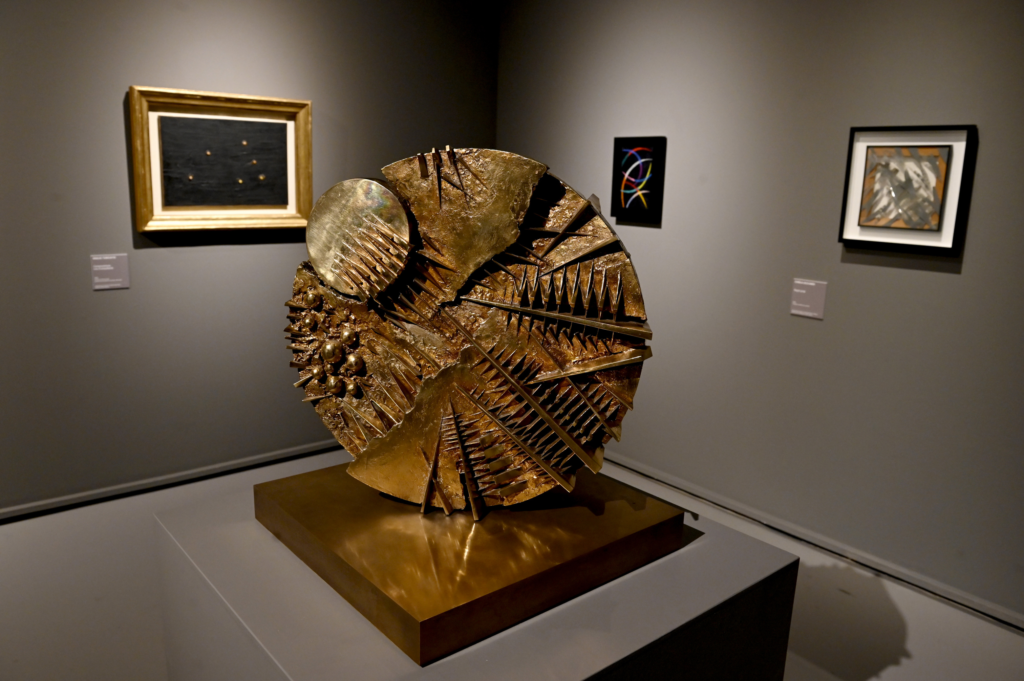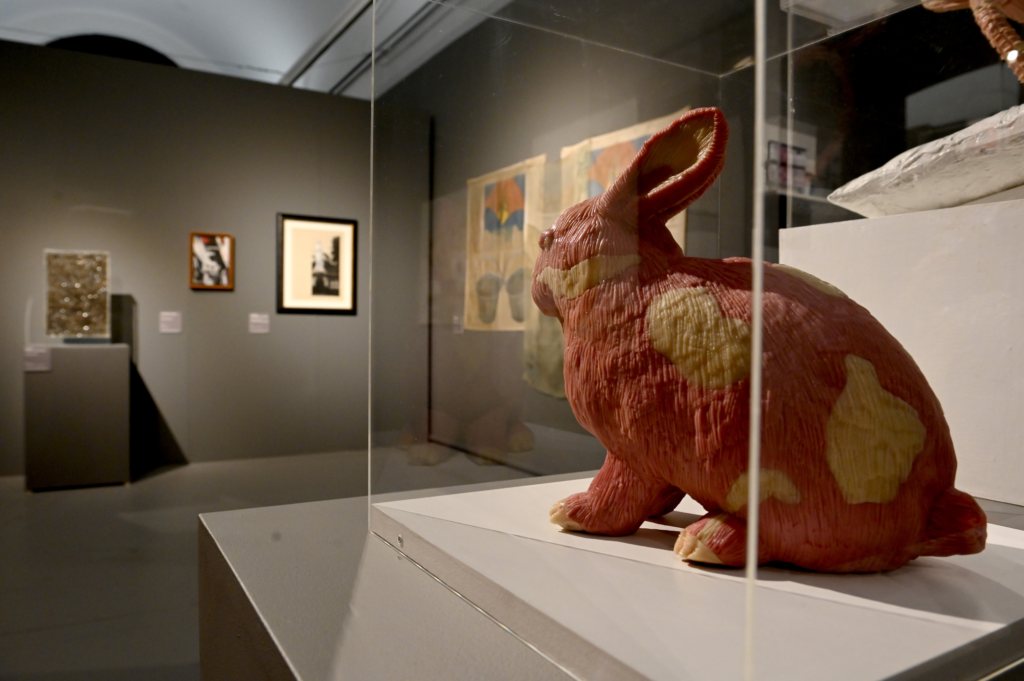Uncover “SalvArti“, a brand new exhibit at Palazzo Reale in Milan, showcasing various artworks recovered from organised crime.
‘SalvArti’ – art reclaimed from crime
Wandering which cultural place to visit next in Milan? The exhibition “SalvArti. From Confiscations to Public Collections” which opened on the 3rd of december in Palazzo Reale is a great choice. There you will experience a new type of art, in particular, a collection of more than 80 contemporary artworks that have been seized by public authorities from organized crime in Italy. Furthermore, all of the artworks are organized in a chronological order starting with the first half of the 20th century and up until the early 2000s. By using such a fascinating idea, the exhibition includes the works of such artists as Salvador DalÍ, Giorgio de Chirico, Mario Sironi, Lucio Fontana, Massimo Campigli and others.
The idea behind ‘SalvArti’
Above all, the chosen name for the exhibition is not just a title, it carries a profound message about the reclamation of art from the clutches of organized crime. ‘SalvArti‘ is a play of words in Italian, it combines “salvare” (to save) and “arte” (art). Thus, the exhibition’s theme is clear – save the art from the grips of criminal organizations and make it accessible to the general public.

Materials, shapes and more
Due to the huge variety of artists and artworks which are included in the ‘SalvArti’ exhibition, the visitors can observe a big amount of styles and ways of creating art. For instance, geometric and informal abstractionism portrayed by Keith Haringin Kh mural in 1989 or Mario Sironi’s “Abstract Composition – Urban Scene with Carriage” in the first half of the 20th century. As well, sculptural works such as the small bronze by Arnaldo Pomodoro (Disco, 1986/2003) or works created with the help of a chewing gum by Michele Savini (Anello, 2008; Coniglio, 2009).
Chaos, beauty and nostalgia : a satisfying balance
This section of ‘SalvArti‘ offers a display of three artworks which collectively capture the unique essence of complex urban life. The panoramic painting on the left enchantingly embodies the mix between the overwhelming nature of cities with a calming atmosphere. Almost as if it’s striving to balance the chaos and peace – something we could all relate to in our daily lives. Moving to the abstract centerpiece, its rough & disordered lines appear to be paralleling the unfiltered and occasionally unpredictable side of urban life. That is, if you’re willing to look beyond its seemingly plain surface. In addition, the three vertical panels composing the artwork on the right, illustrates a decrepit yet somber neighborhood. In spite of its desolated ambiance – or perhaps because of it – the painting evokes an intense sense of nostalgia.

Newfound joy in art
Sometimes, art doesn’t have to be all dark and gloom. It can be lighthearted, fun, and unexpectedly draw you in with a visibly playful charm. That’s precisely what this funky red-orange bunny sculpture does. Its potent vibrancy and child-like appearance are sure to stop somebody in their tracks, take a second look and most likely let out a lively laugh. And if that manages to make someone’s day, even slightly, then art successfully fulfilled its purpose – that of reminding us to appreciate the simple yet spontaneous moments which spark joy.

A mirror of our emotions
Lastly, this section features three artworks, which at first may seem unrelated. However, upon closer observation, you can depict the intricacies of emotions – or even society. The painting on the left, with exaggerated proportions, portrays a frozen face in a gasp. It’s raw emotion, just like in the abstract painting in the middle, albeit it’s tough to pinpoint the exact type. The earthy tones and the disorganized swirls suggest a maze, associated with the feeling of being stuck in the same place for long – much like real life. While the piece on the right, completes the trio, because it acts as a fractured lens through which we view the world. This makes sense for its intentional design of a mirror-like figure placed in a black-and-white background. Almost as if it dares us to face our demons, or the scattered reality we willingly chose to see.

Featured image: Finestra sull’Arte



